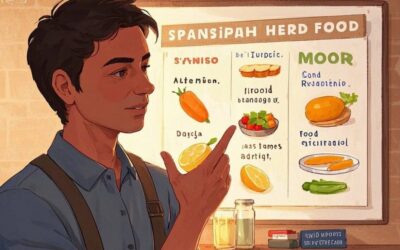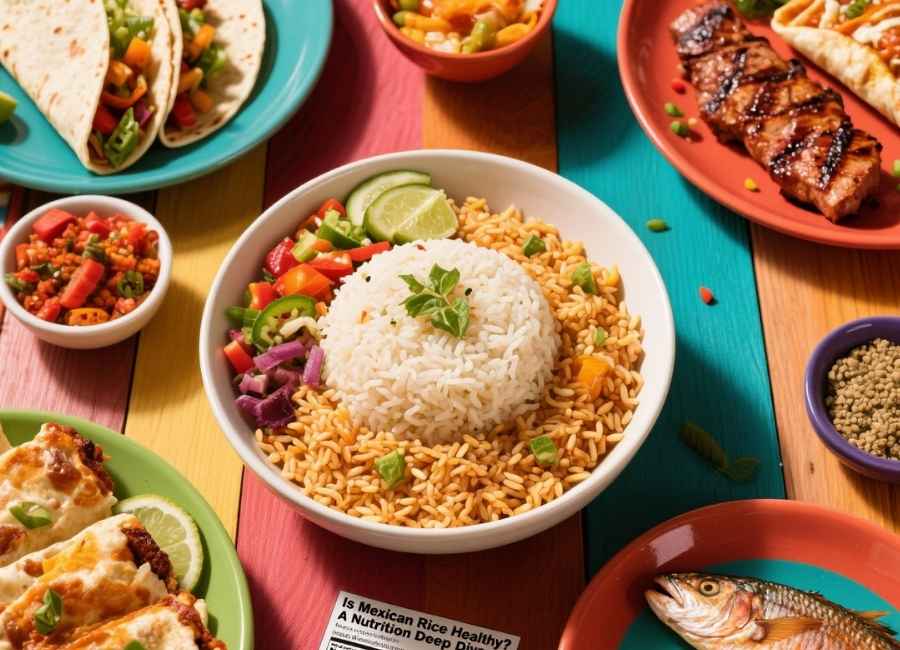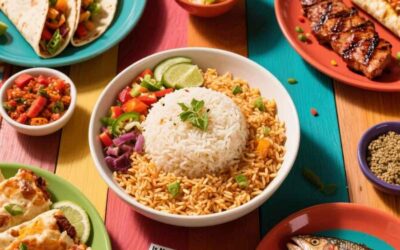If you’re learning Spanish or planning to travel to a Spanish-speaking country, knowing how to talk about food is essential. Food isn’t just about sustenance in these cultures; it’s a way of life, a reason to gather, and a tool for connection. Whether you’re a Spanish learner, a globetrotter, or someone who simply loves discovering new cuisines, mastering food-related vocabulary will open up new conversational doors.
This guide will not only teach you how to say “food” in Spanish but also introduce you to useful food-related words, phrases, and expressions. By the end, you’ll feel ready to chat with a server, join a dinner conversation, or browse through a menu without a hitch.
The Basics: Translating “Food” in Spanish
The word for “food” in Spanish is “comida” (coh-MEE-dah). Simple and easy to remember. But there’s more!
- Comida specifically refers to food in general, but it can also mean “meal.” For example, asking someone, “¿Quieres comida?” translates to “Do you want food?” Similarly, talking about “La comida” can imply “The meal.”
- Another word you might encounter is “alimento” (ah-lee-MEN-toh), which means nourishment or sustenance. It’s less commonly used day-to-day, appearing more often in formal contexts, like nutritional labels.
Key Food Vocabulary You Must Know
To expand your Spanish food vocabulary, here’s a list of must-learn words that’ll make navigating restaurants and conversations a breeze.

Fruits and Vegetables (Frutas y Verduras)
Enhance your meals with these common produce items!
- Apple – Manzana
- Orange – Naranja
- Banana – Plátano or Banana
- Tomato – Tomate
- Lettuce – Lechuga
- Potato – Papa (in Latin America) or Patata (in Spain)
- Onion – Cebolla
- Pepper – Pimiento
Grains and Dairy (Granos y Lácteos)
Perfect for starting your day or enjoying comfort meals.
- Bread – Pan
- Rice – Arroz
- Cheese – Queso
- Milk – Leche
- Butter – Mantequilla
- Yogurt – Yogur
Proteins (Proteínas)
Great for ordering hearty, filling plates.
- Chicken – Pollo
- Beef – Carne de res
- Pork – Cerdo
- Fish – Pescado
- Egg – Huevo
- Beans – Frijoles (Latin America) or Alubias (Spain)
Drinks (Bebidas)

Stay hydrated (or caffeinated!) with these essentials.
- Water – Agua
- Coffee – Café
- Tea – Té
- Juice – Jugo (Latin America) or Zumo (Spain)
- Beer – Cerveza
- Wine – Vino
Desserts and Snacks (Postres y Bocadillos)
Because everyone needs to indulge!
- Ice Cream – Helado
- Cake – Pastel
- Cookies – Galletas
- Candy – Caramelos or Dulces
- Chips – Papas fritas or Patatas fritas
Useful Food Phrases to Navigate Spanish Dining
Beyond vocabulary, here are some practical phrases to help with conversations about food and ordering.
Ordering in a Restaurant
- “I would like…” – Quisiera… or Me gustaría…
- “The menu, please.” – El menú, por favor.
- “What do you recommend?” – ¿Qué me recomienda?
- “I’m allergic to…” – Soy alérgico/a a…
- “I don’t eat meat.” – No como carne.
Complimenting the Food
- “This is delicious!” – ¡Esto es delicioso! or ¡Está riquísimo!
- “The food is amazing.” – La comida es increíble.
Expressing Preferences
- “I like it.” – Me gusta.
- “I don’t like it.” – No me gusta.
- “I prefer…” – Prefiero…
Fun Spanish Expressions About Food
Spanish is full of idiomatic expressions that involve food. Here are a few that will add some local flavor to your language skills.
- “Estar en su salsa” (Literal translation: To be in one’s sauce)
Meaning: To be in your element or feel comfortable.
- “Pan comido” (Literal translation: Eaten bread)
Meaning: Something very easy or a piece of cake in English.
- “Más sano que una manzana” (Literal translation: Healthier than an apple)
Meaning: Someone very healthy.
Learning fun sayings like these can help you connect with native Spanish speakers in a casual, lighthearted way.
Why Learning Food Words Is a Game-Changer
Whether you’re sitting at a family’s dining table in Mexico, navigating the vibrant food markets of Spain, or ordering from a local café in Argentina, having a wealth of food-related vocabulary empowers you to create better culinary experiences. It also helps you connect to a core part of Spanish-speaking cultures where meals are often central to social bonds.
Take Your Spanish to the Next Level
Food has a special way of bringing people together, and knowing how to discuss it in Spanish can help you immerse yourself in any culture. Start with these words and phrases, then practice when you’re out dining or even cooking at home with Spanish recipes.
Want to go beyond just food vocabulary? Consider enrolling in an online Spanish course or downloading an app to expand your language skills. See how deeply delicious the Spanish language can be!



















